The Lighthouse draws on Bauhaus principles to create a new-era workspace campus
The Lighthouse, a Los Angeles office space by Warkentin Associates, brings together Bauhaus, brutalism and contemporary workspace design trends
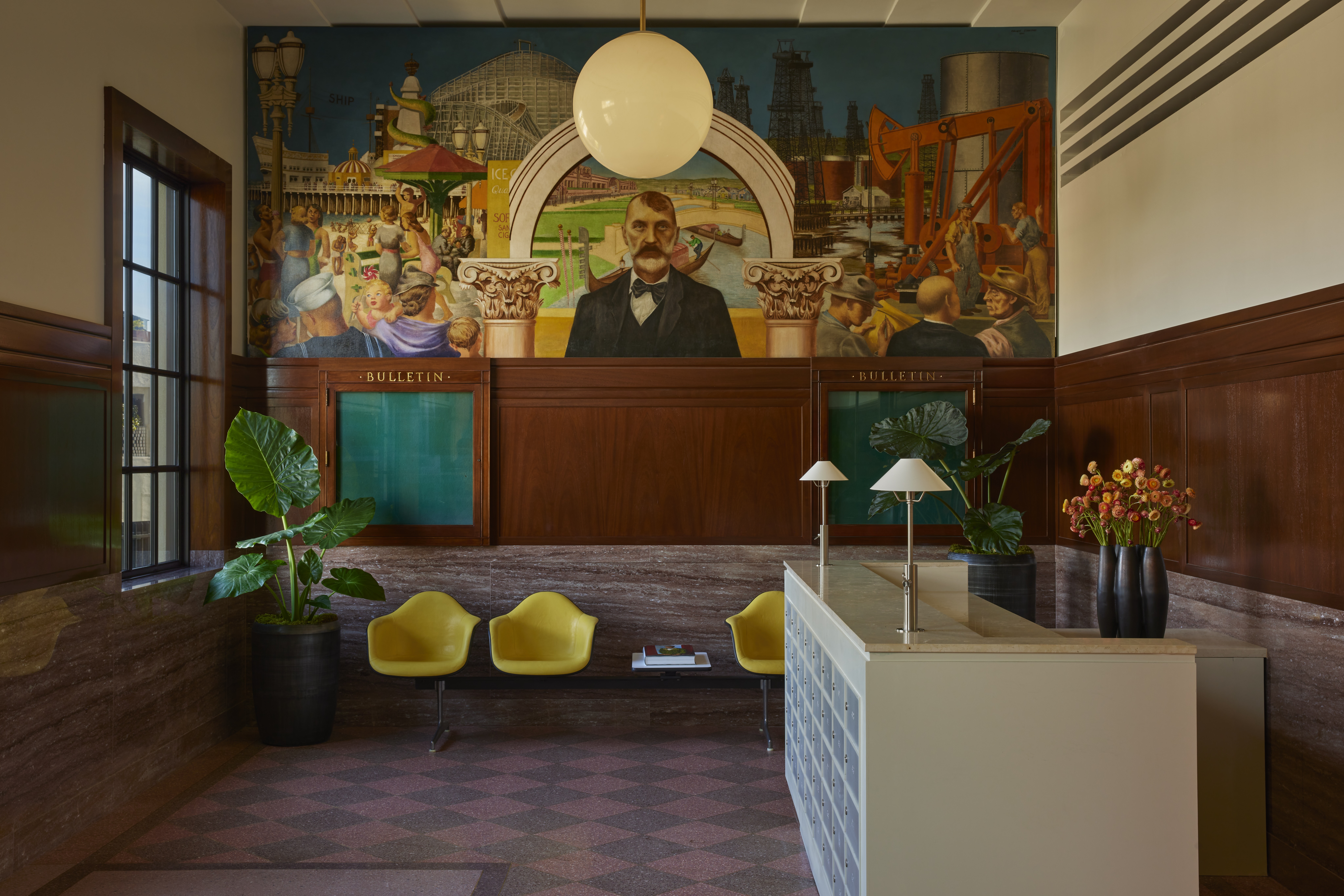
The Lighthouse mixes brutalist architecture and contemporary notions of flexibility and collaboration to form Los Angeles’ newest creative hub. Set in an existing building, the 1939-designed Venice Post Office, just one block off the famed Venice Beach Boardwalk, the project was conceived to occupy the liminal space between softness and a robust, industrial-style approach; historical preservation and 21st-century innovation and lifestyle.
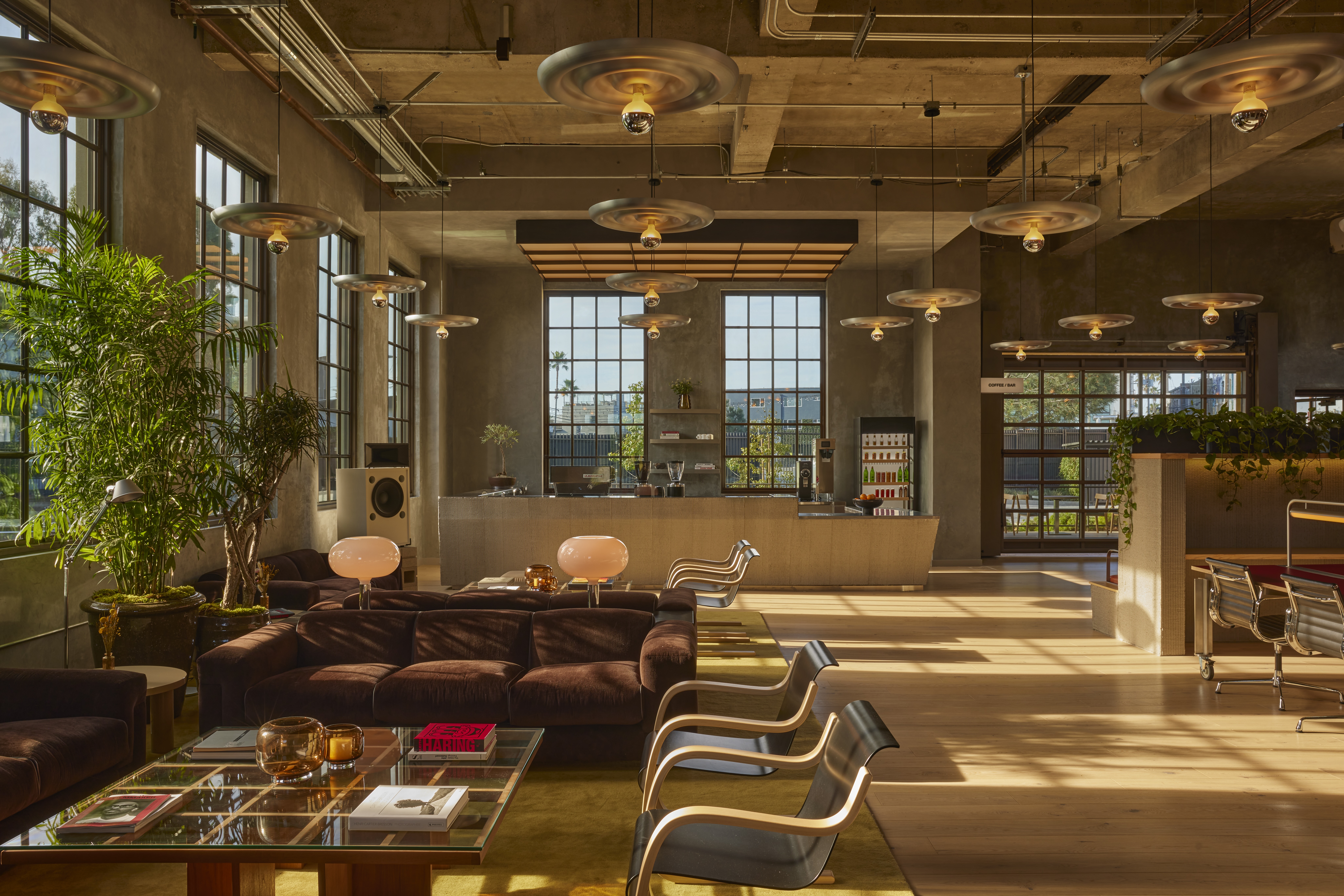
The Lighthouse: step inside this brutalist LA office
Its author is Warkentin Associates, headed by former Studio Shamshiri designer Nathan Warkentin. 'I was approached by Lighthouse founder Jon Goss to collaborate with him in creating a “campus” for creators with the opportunity to design a whole world from scratch,' he says.
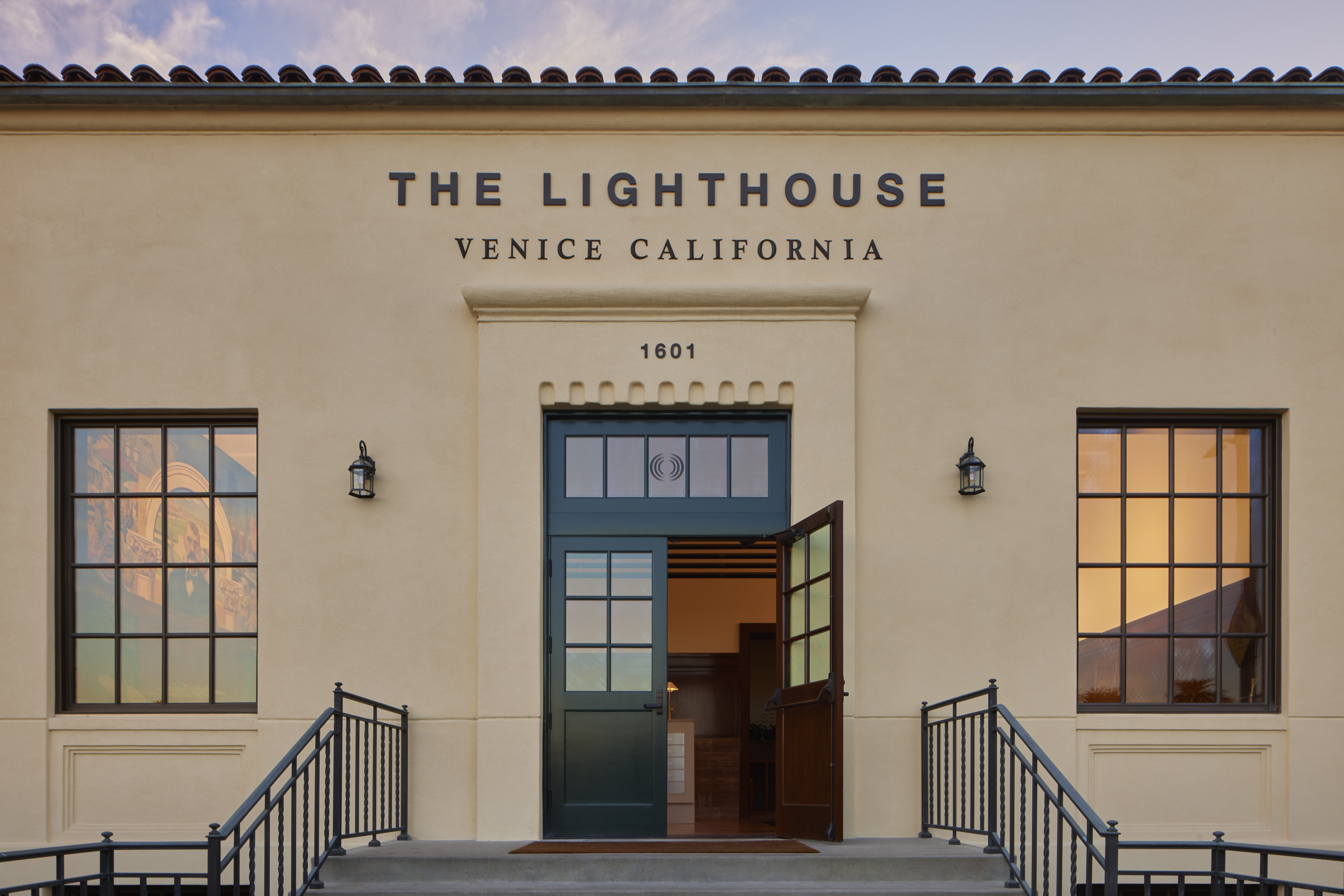
Warkentin drew on the original art deco structure and the building's bones, and looked to the Bauhaus movement to further develop his design. 'Inspired by Bauhaus principles, the architectural design facilitates a fluid integration of analogue and digital environments, enabling frictionless creativity across multiple disciplines,' says Lighthouse co-founder Jon Goss. 'By reimagining a landmark site for a new generation, The Lighthouse establishes a dynamic setting that fosters experimentation, connectivity, and creative expression at every scale.'
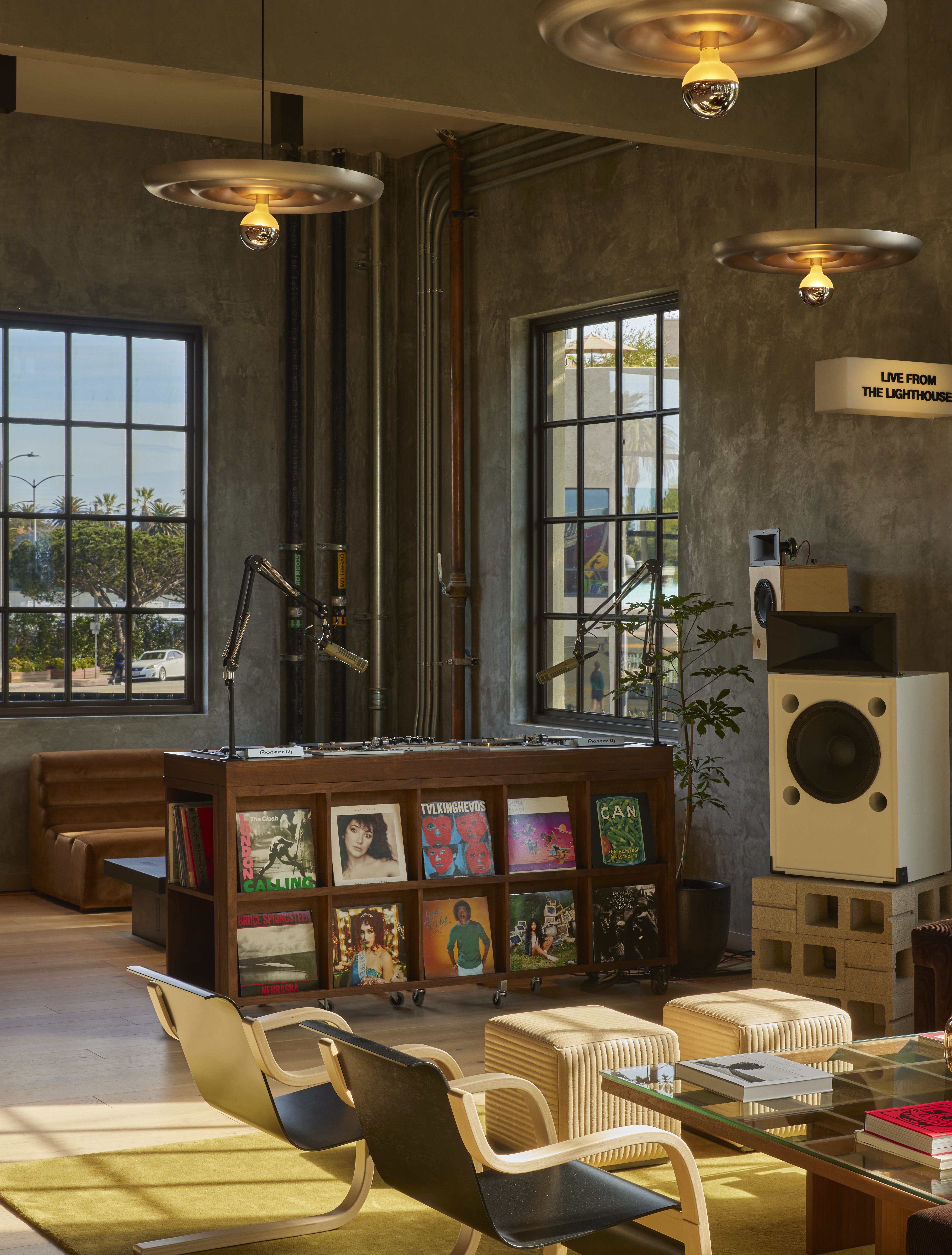
Tackling the fairly raw space, the team got to work and designed much of the interiors using custom pieces, mixed with iconic designs by USM, Artek, Vitra, Herman Miller, Tecta, Emeco, and OMK. The designers wanted to craft a workspace that feels real and tangible, bringing in references such as the aesthetics of nineties college radio, Le Corbusier's architecture, Japanese libraries, and Paul Rudolph.
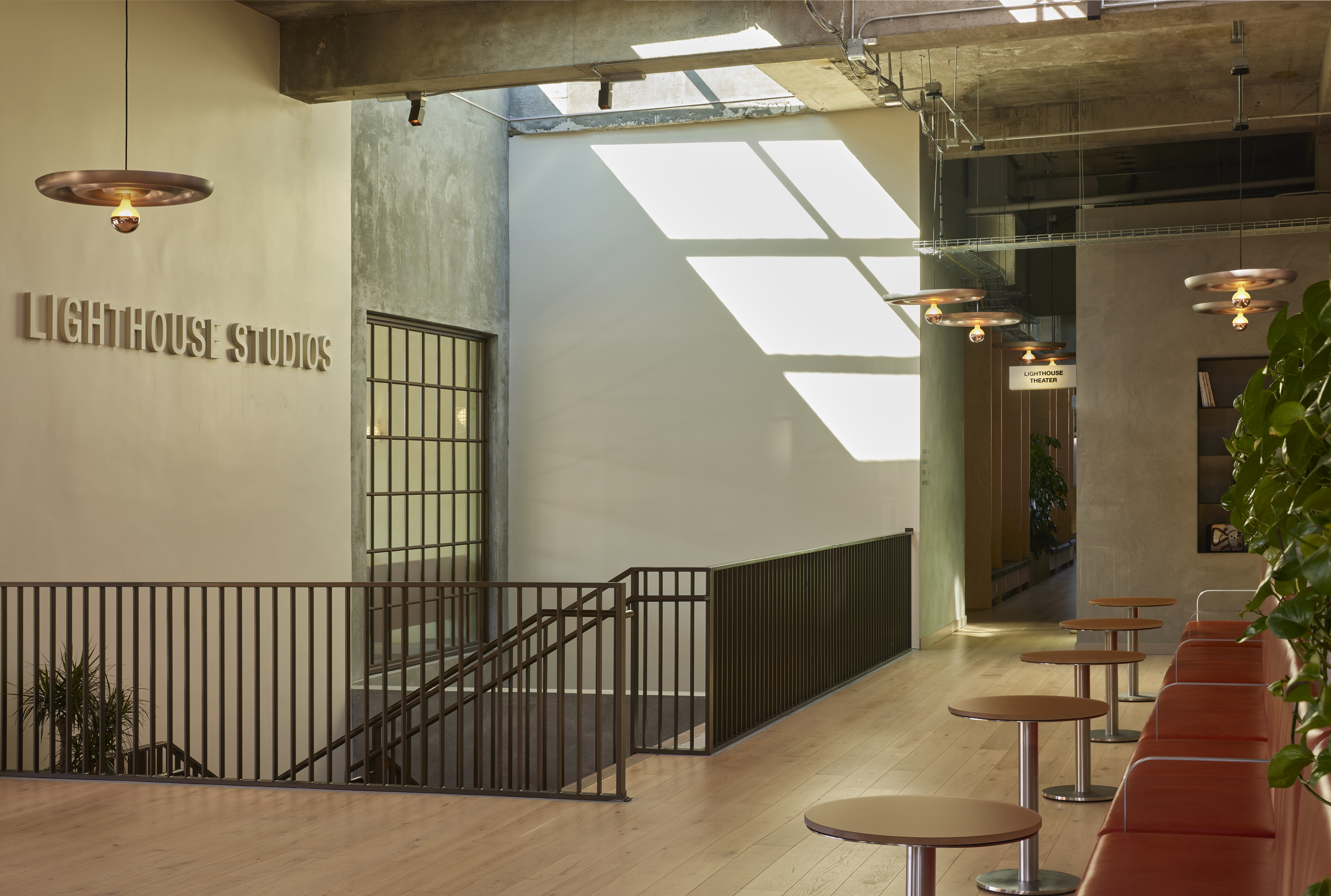
At the same time, The Lighthouse composes the feeling of a hospitality-led environment that blurs the boundaries between work and social areas. A material palette that mixes metals, wood, glass and concrete inspires juxtapositions of crisp and soft areas that create a lively and engaging office setting. A monumental painting, Abbot Kinney and the Story of Venice, created by Edward Biberman in 1941, was brought back to its original lobby location after a stint at LACMA.
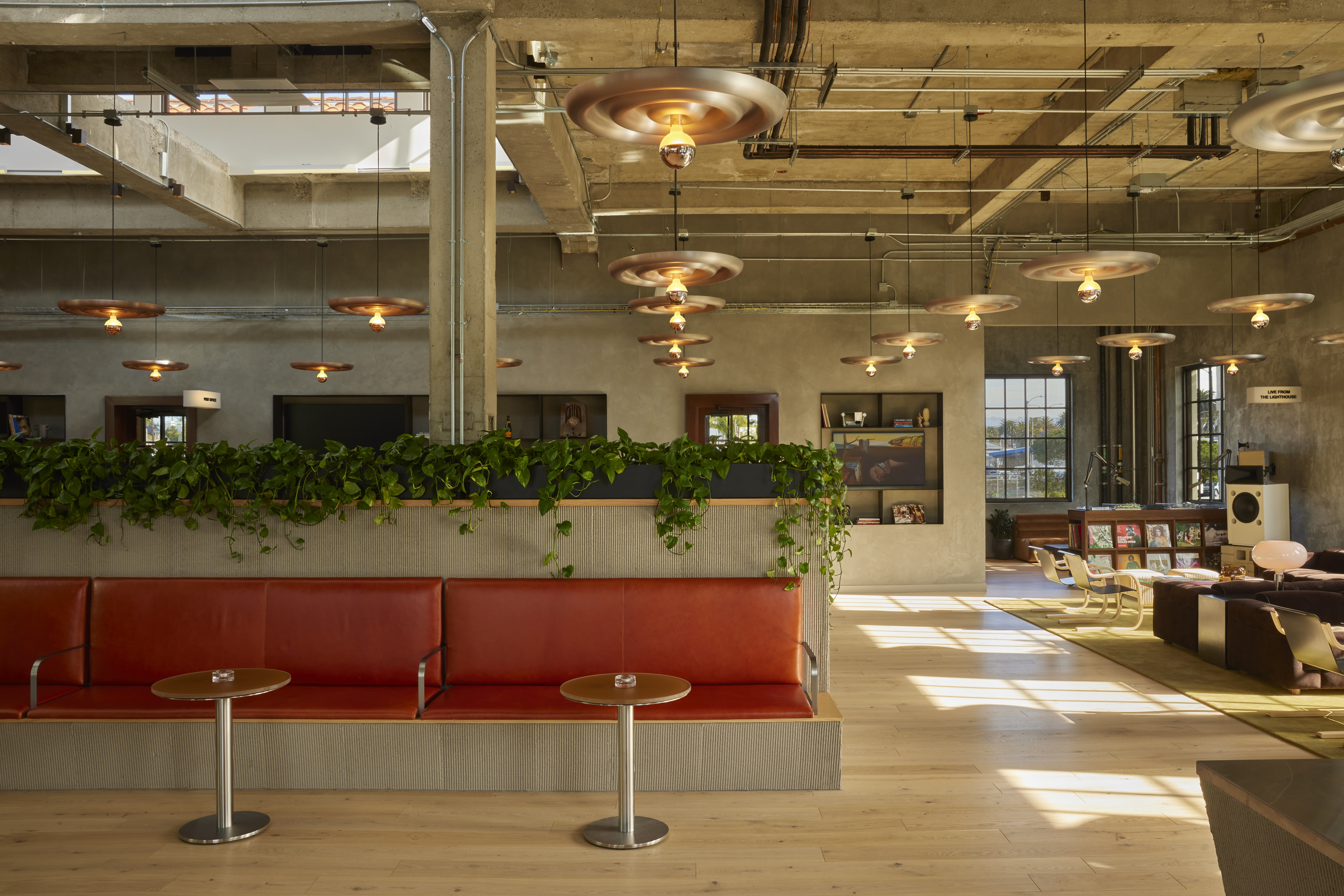
Describing the project in a single sentence, Warkentin says it is 'a fluid blend of innovation, collaboration, and production in a space inspired by Bauhaus principles'.
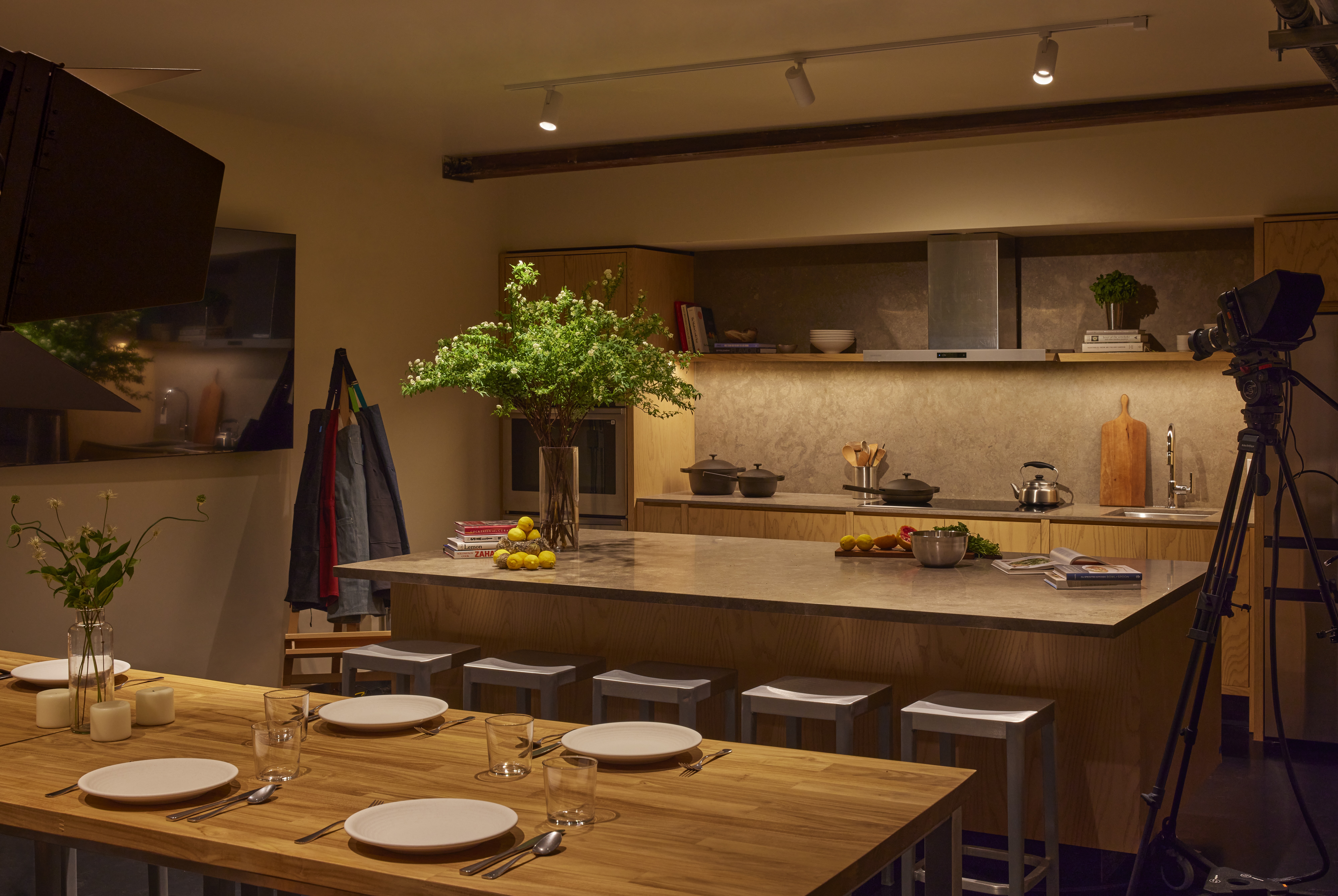
Receive our daily digest of inspiration, escapism and design stories from around the world direct to your inbox.
Ellie Stathaki is the Architecture & Environment Director at Wallpaper*. She trained as an architect at the Aristotle University of Thessaloniki in Greece and studied architectural history at the Bartlett in London. Now an established journalist, she has been a member of the Wallpaper* team since 2006, visiting buildings across the globe and interviewing leading architects such as Tadao Ando and Rem Koolhaas. Ellie has also taken part in judging panels, moderated events, curated shows and contributed in books, such as The Contemporary House (Thames & Hudson, 2018), Glenn Sestig Architecture Diary (2020) and House London (2022).
-
 La Monique brings the French Riviera to Santa Monica
La Monique brings the French Riviera to Santa MonicaA transportive room of velvet, candlelight, and Riviera chic, serving French favourites with a modern wink
-
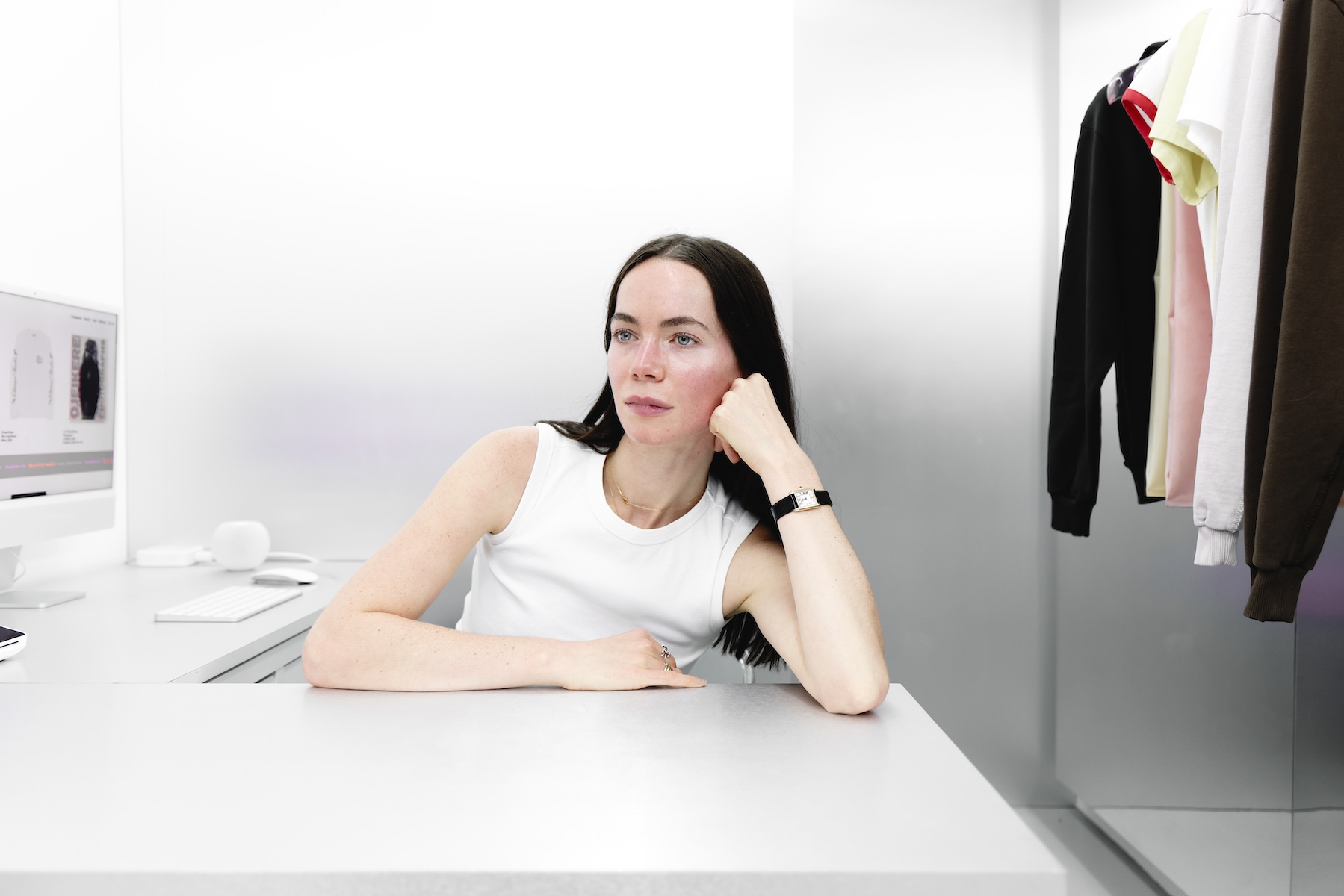 Kat Milne is the designer behind fashion’s most intriguing retail spaces
Kat Milne is the designer behind fashion’s most intriguing retail spacesInfused with elements of the surreal, Kat Milne has designed stores for the likes of Marc Jacobs, Sandy Liang and A24. ‘People are looking for a more tactile experience,’ she tells Wallpaper*
-
 A refreshed 1950s apartment in East London allows for moments of discovery
A refreshed 1950s apartment in East London allows for moments of discoveryWith this 1950s apartment redesign, London-based architects Studio Naama wanted to create a residence which reflects the fun and individual nature of the clients
-
 The Stahl House – an icon of mid-century modernism – is for sale in Los Angeles
The Stahl House – an icon of mid-century modernism – is for sale in Los AngelesAfter 65 years in the hands of the same family, the home, also known as Case Study House #22, has been listed for $25 million
-
 Houston's Ismaili Centre is the most dazzling new building in America. Here's a look inside
Houston's Ismaili Centre is the most dazzling new building in America. Here's a look insideLondon-based architect Farshid Moussavi designed a new building open to all – and in the process, has created a gleaming new monument
-
 Frank Lloyd Wright’s Fountainhead will be opened to the public for the first time
Frank Lloyd Wright’s Fountainhead will be opened to the public for the first timeThe home, a defining example of the architect’s vision for American design, has been acquired by the Mississippi Museum of Art, which will open it to the public, giving visitors the chance to experience Frank Lloyd Wright’s genius firsthand
-
 Clad in terracotta, these new Williamsburg homes blend loft living and an organic feel
Clad in terracotta, these new Williamsburg homes blend loft living and an organic feelThe Williamsburg homes inside 103 Grand Street, designed by Brooklyn-based architects Of Possible, bring together elegant interiors and dramatic outdoor space in a slick, stacked volume
-
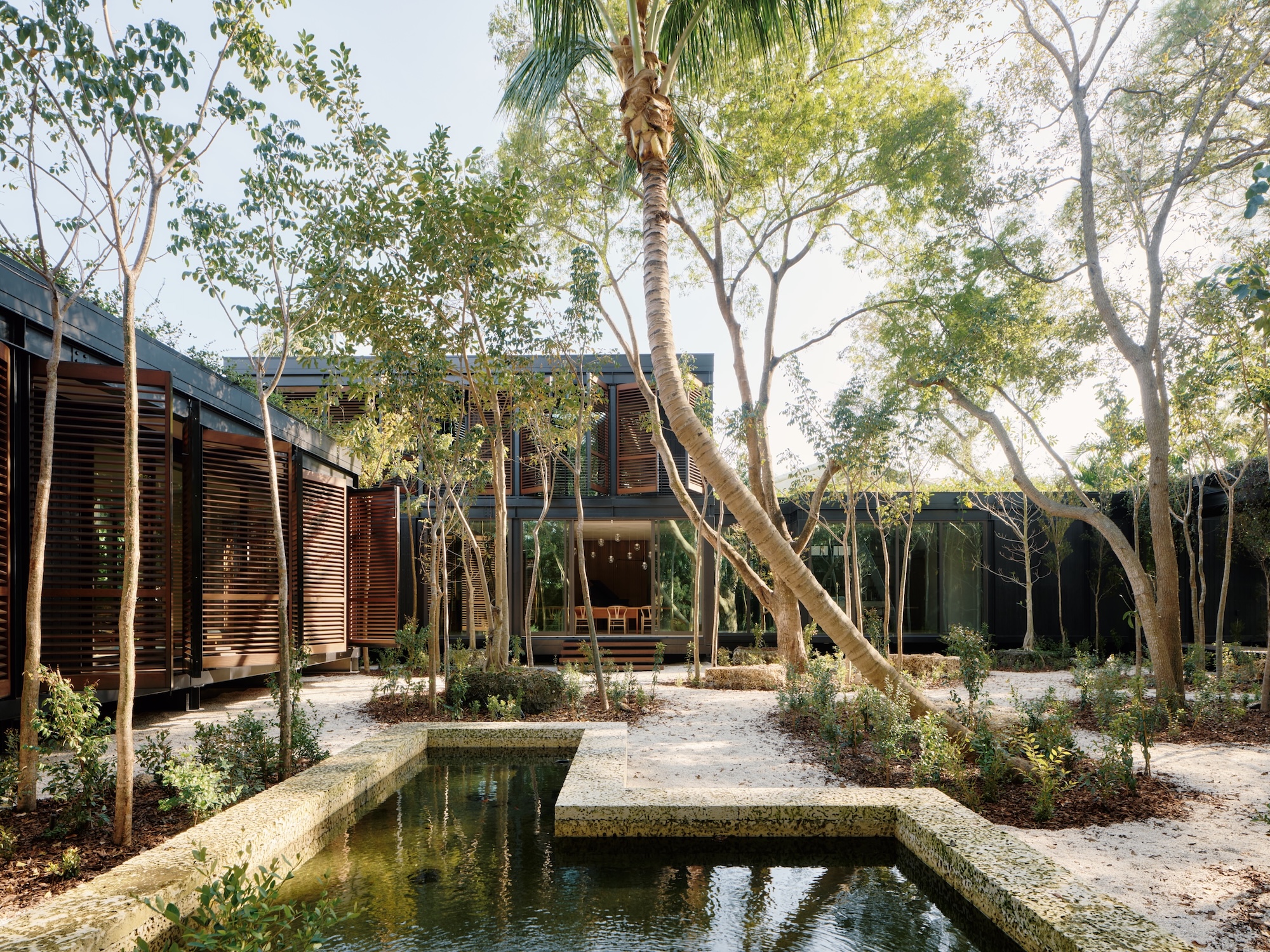 This ethereal Miami residence sprouted out of a wild, jungle-like garden
This ethereal Miami residence sprouted out of a wild, jungle-like gardenA Miami couple tapped local firm Brillhart Architecture to design them a house that merged Florida vernacular, Paul Rudolph and 'too many plants to count’
-
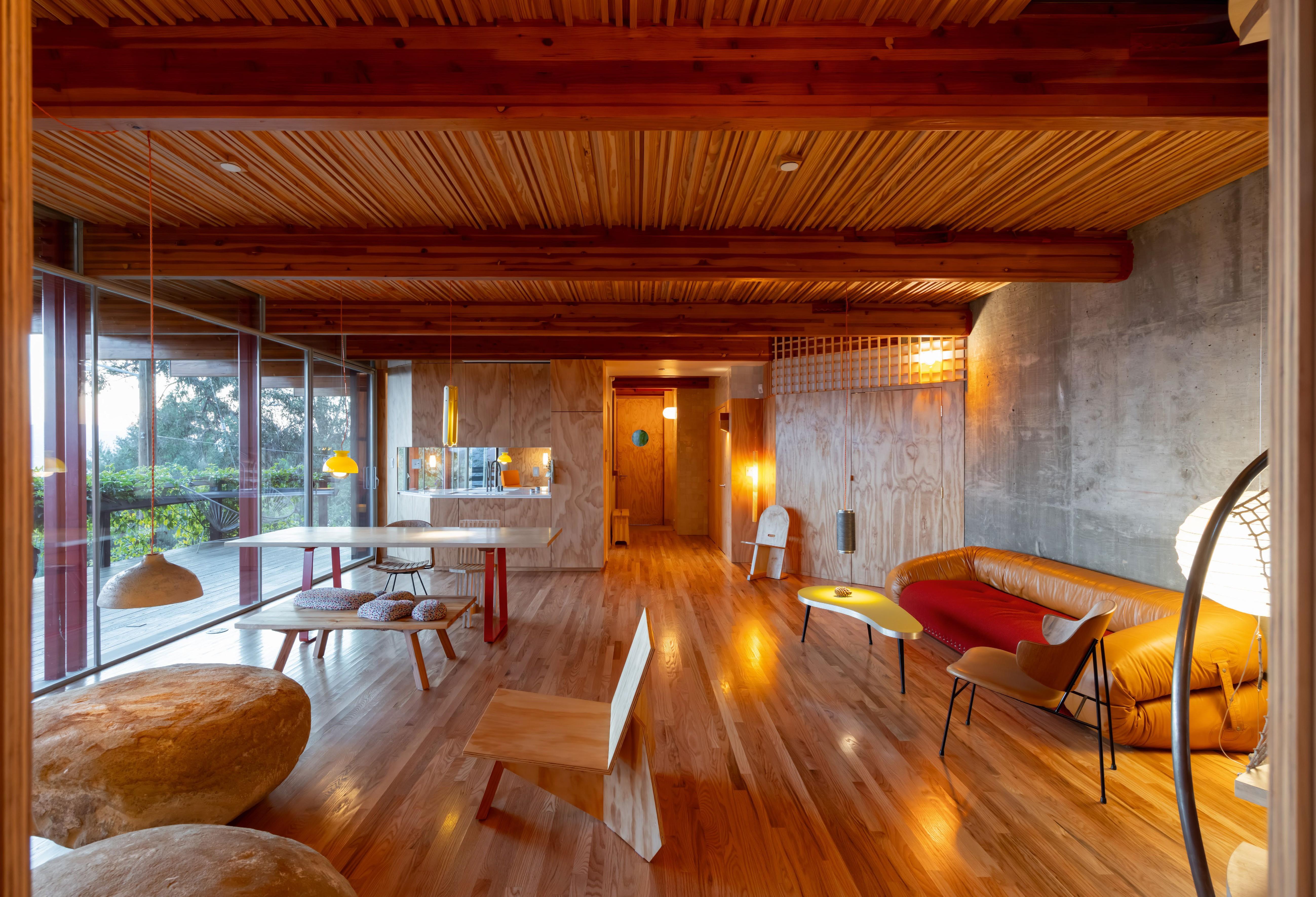 Tour Cano House, a Los Angeles home like no other, full of colour and quirk
Tour Cano House, a Los Angeles home like no other, full of colour and quirkCano House is a case study for tranquil city living, cantilevering cleverly over a steep site in LA’s Mount Washington and fusing California modernism with contemporary flair
-
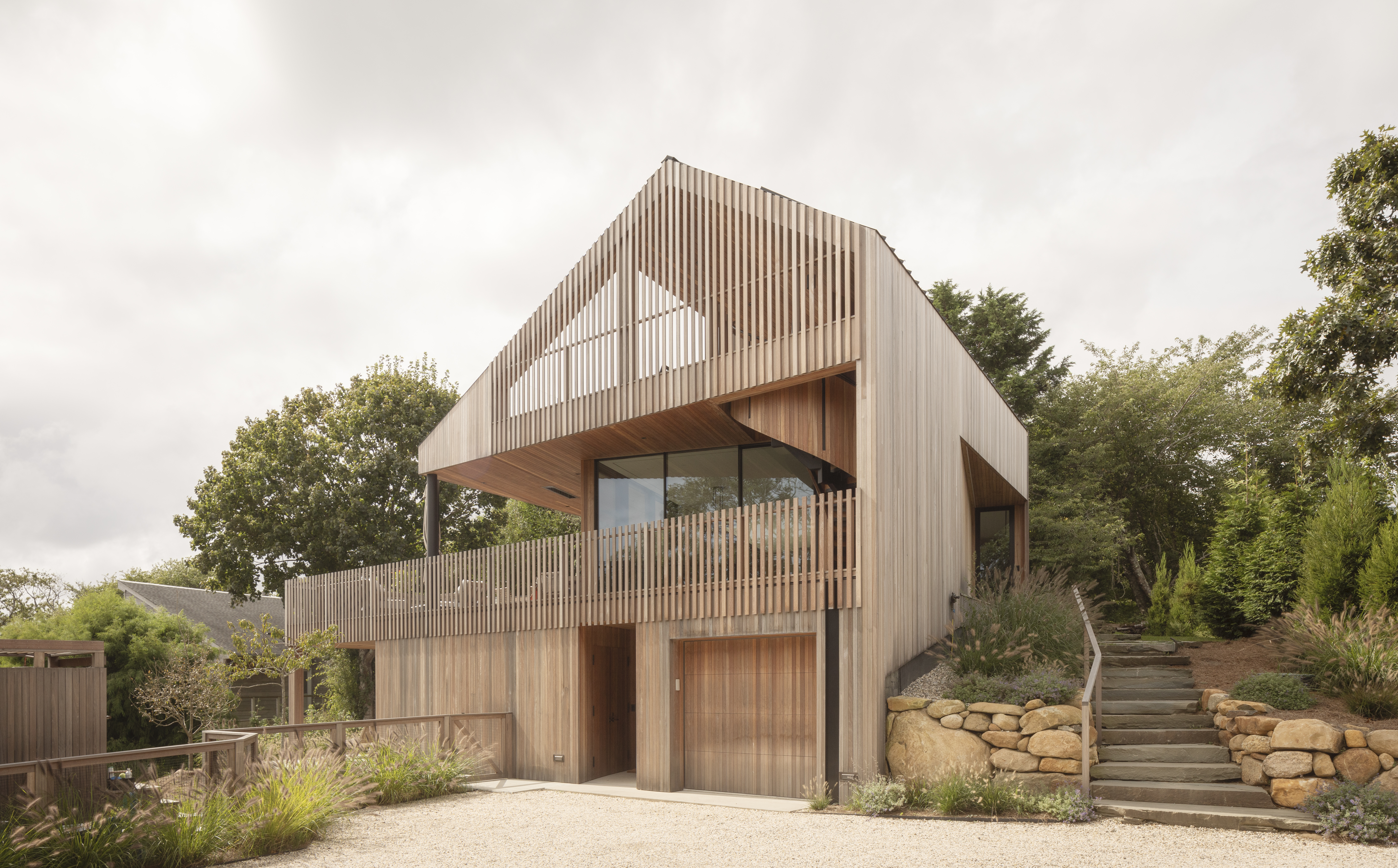 An ocean-facing Montauk house is 'a coming-of-age, a celebration, a lair'
An ocean-facing Montauk house is 'a coming-of-age, a celebration, a lair'A Montauk house on Hither Hills, designed by Hampton architects Oza Sabbeth, is wrapped in timber and connects its residents with the ocean
-
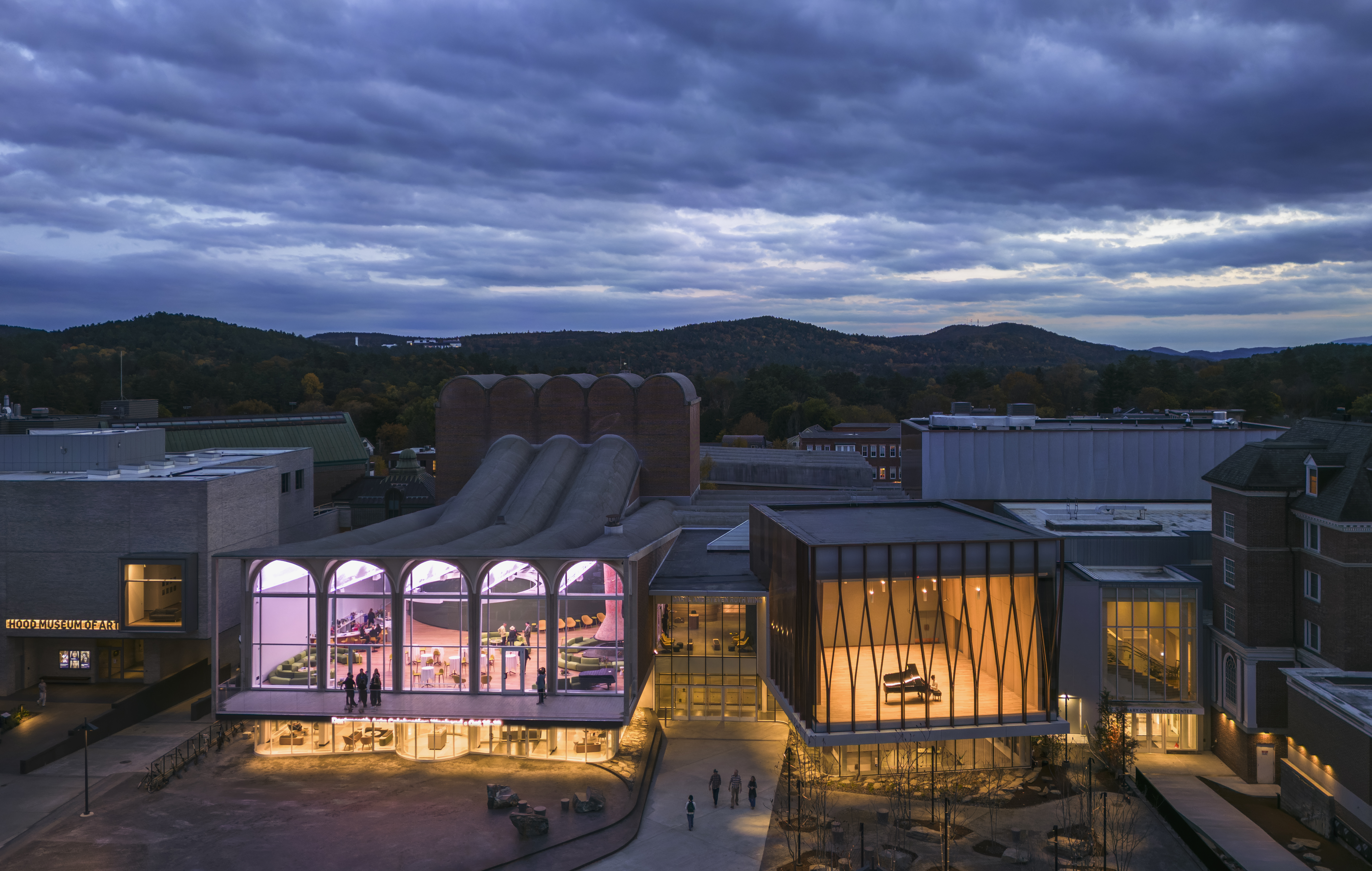 With a freshly expanded arts centre at Dartmouth College, Snøhetta brings levity to the Ivy League
With a freshly expanded arts centre at Dartmouth College, Snøhetta brings levity to the Ivy LeagueThe revamped Hopkins Center for the Arts – a prototype for the Met Opera house in New York –has unveiled its gleaming new update